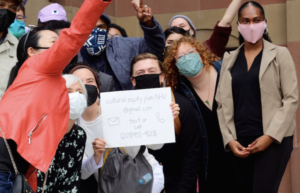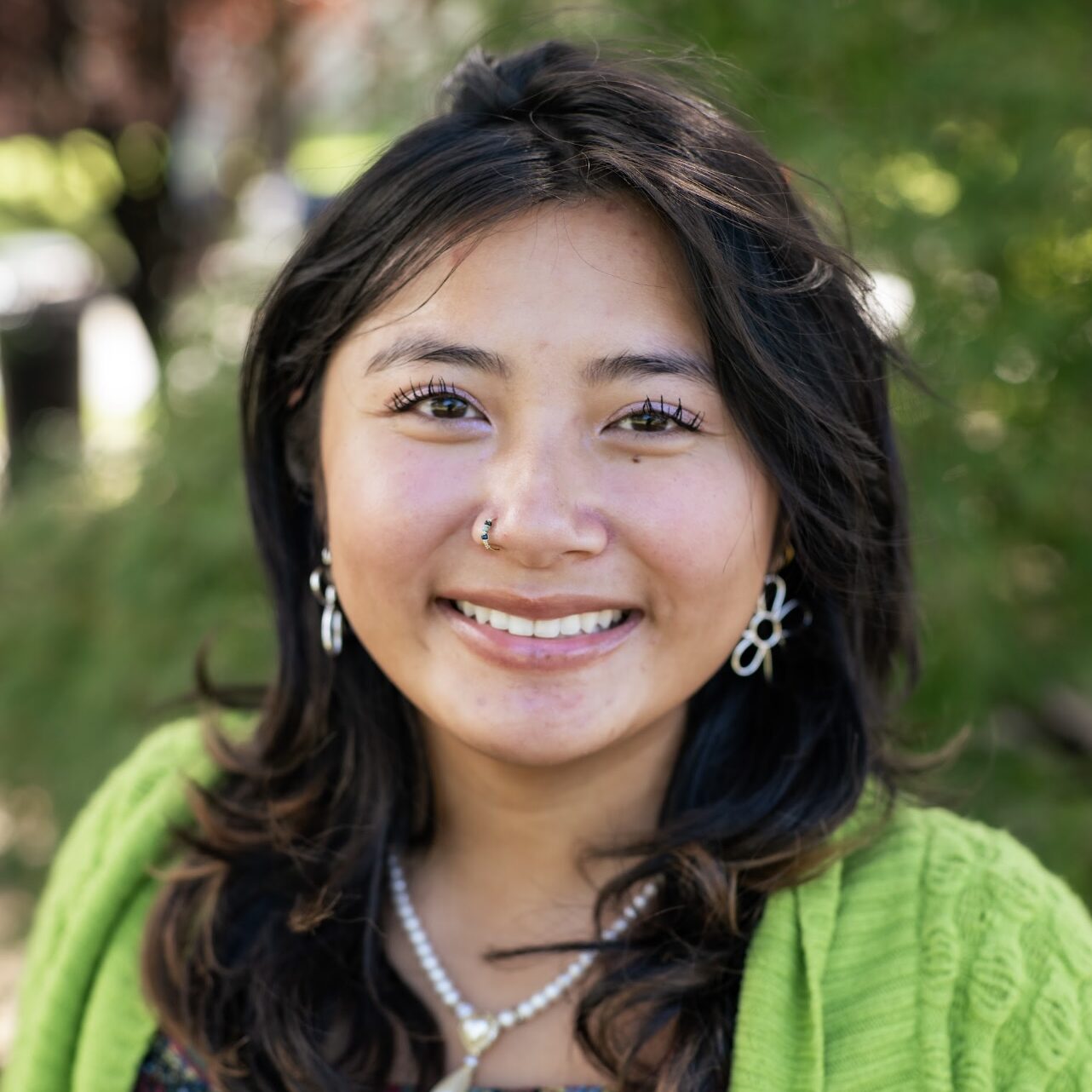“The drums rang out across Church Street, setting a heartbeat that rippled over City Hall. Gusts of wind danced around Ed Hamilton’s Amistad Memorial. In the background, a Black boy named Joy surfed on a fizzy pink soda stream and exploded into a huge smile. As the drums quieted, a small crowd cheered on a more equitable vision of arts and culture in New Haven.”
This is how New Haven´s Arts Council describes the atmosphere on Tuesday, May 4th, when a new phase of the Cultural Equity Plan unfolds. It goes public!
Hester Street has been proud of taking part in the process and we are sure the outcomes will be up to the task: a powerful inclusive vision that redistributes power and aims for joyful transformation.
The plan has been in motion for over a year when Cultural Affairs officials saw the opportunity to develop an inclusive, bottom-up vision. They partnered with Hester Street and City Impact Lab and now they are calling on New Haven residents for their input.
Members of the co-creation team include ACLU policy advocate Anderson Curtis, Yale-China Arts Program Director Annie Lin, public artist and puppeteer Isaac Bloodworth, Long Wharf Theatre Artistic Producer Hope Chávez, NHFPL Deputy Director Luis Chavez-Brumell, WVRA Director Lizzy Donius, New Haven Pride Center Executive Director Patrick Dunn, musician and educator Paul Bryant Hudson, poet and musician Puma Simone, Bregamos Community Theater Founder Rafael Ramos, Black Haven Founder and musician Salwa Abdussabur, playwright Steve Driffin, Ignite The Light’s Sha McAllister, and food justice advocate Tagan Engel.
The project aligns with our vision of art as a transformative power, where everyone is represented, especially those who are historically left out.
Anderson Curtis, who grew up in New Haven and now works as a field organizer for the American Civil Liberties Union of Connecticut (ACLU) and member of the co-creation plan team, said: “What I’m calling people in to do—I’m not calling people out, I’m calling people in—to see the need, hear the need, feel the need, but most importantly, how do we begin to address the need?” he said. “Some people may call that empathy. To me, equity has to be more than words on the paper.”
We can´t wait to see the public response and the beautiful results of such a process.
Please read more here: https://www.newhavenarts.org/arts-paper/articles/citys-cultural-equity-push-goes-public

Source: newhavenarts.org

